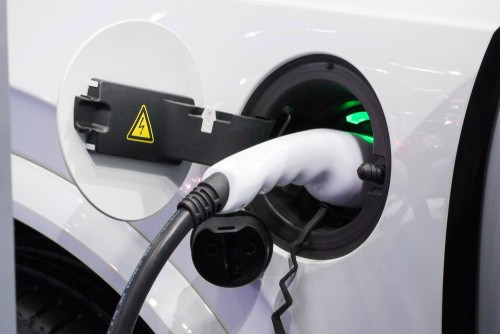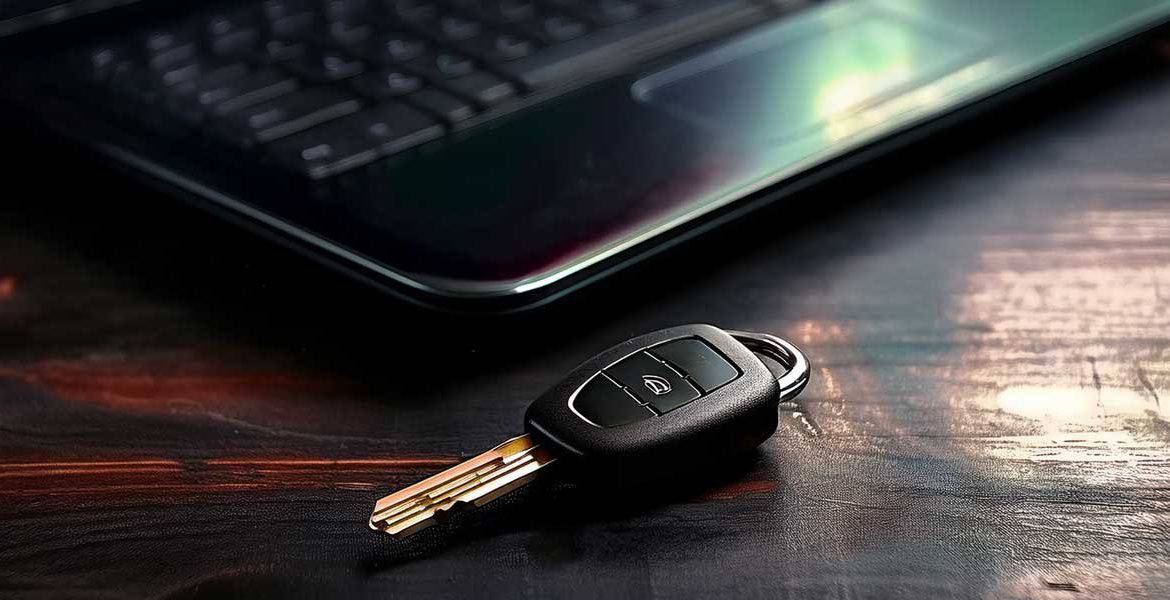WATTever surveyed 230 Australian EV owners to understand what they value most in electricity plans — and what they’d like to see next.
This is an open letter to energy retailers and the wider electricity industry — sharing what EV owners told us would make EV electricity plans more appealing, and what they’re looking forward to in future. We hope this offers energy retailers insight into the growing community of EV households and highlights opportunities for innovation, smarter offers, and better pricing.
WATTever’s users include many early adopters of solar, storage and EV technologies. We greatly appreciate the time they’ve taken to share their experiences and insights.
Before diving into what makes an EV electricity plan appealing, here’s a snapshot of who we spoke to.
About the EV Owners We Surveyed
Our respondents have been around the block:
- 88% have owned their EV for more than a year.
- 99% charge primarily at home.
- Most (55%) use a single-phase charger (typically 7kW+), 21% use a three-phase charger (11kW+), and 23% rely on a portable “trickle” charger (1.4–2.4kW).
- Most have solar, and around a quarter also have home battery storage.
These households are already considering how their energy plan powers both their home and their vehicle.
More than half (55%) of surveyed owners are already on a plan that offers super off-peak charging period — such as an “EV offer” or a “free daytime period.”
Nearly 80% expressed interest in plans that include low-cost charging windows (at half-price or less).
Charging Preferences: What Type of EV Plan Would You Prefer?
- 35% – Overnight fixed charging period (e.g. midnight–6 am)
- 23% – Daytime and overnight fixed periods
- 22% – Flexible off-peak window with automatic smart charging
- 12% – Not sure
- 9% – Daytime fixed charging period (e.g. midday–2 pm)
Most survey respondents have solar, so they can already access cheap daytime power. While daytime charging makes economic sense (due to cheap solar generation), owners may prefer overnight windows because their car isn’t home during the day. This additional period of low-cost power also reduces their overall energy cost. Some want it all. “I have a Zappi home charger. Being able to utilise solar when available, plus having cheap night charging rates, is my preference.”
EV households have different needs. So it makes sense for retailers to consider a range of offers to support charging preferences – whether that’s charging during the day, night or both, or offering flexibility.
Flexible Charging: The Wishlist
Among the 22% interested in flexible charging windows, key priorities include:
-
- 82% – Charge when it’s cheapest
- 61% – Ability to override or control manually
- 57% – Integration with a smart charger or app
- 51% – Charge when renewable energy is most available
- 27% – Set a target charge level (e.g. 80%)
- 18% – Notifications or reports on charging costs and savings
“Ability to charge 100% at the cheapest rate possible, so 8 hour window (not 4 or 6 hrs) with discounted rates, does not need to be in one continuous chunk, could be split 6 hours night/4 hours day”
“Smart charging is appealing, but only if the equipment cost makes sense.”
“I would like a choice of:
1. Charge the car any time over the next, say, 8 hours as cheaply as possible.
2. Charge as quickly as possible, but avoid super peak prices.
3. If urgent, charge me as quickly as possible.
I would use 1 most of the time, but it’s great to have access to 2 or 3.”
There’s clear interest — but EV owners are pragmatic. The offer must stack up financially and provide some control.
Both Origin Energy and Amber offer EV plans that support flexible charging. There is undoubtedly an appetite for this.
What Matters Most in an EV Plan
We polled EV owners about “What are the most important things in an EV electricity plan?”
-
- 75% – A low charging rate
- 63% – Works well with solar/battery setup
- 39% – Smart charging/control
- 18% – Easy to understand offer
- 15% – Renewable energy/carbon offset
- 9% – A retailer that offers EV charging equipment (with smart charging/control)
- 7% – Access to public charging discounts/vouchers
While rates are the top priority, EV households want their energy offer to support their solar (and storage). “What would be nicer is if they offered what ChargeHQ is doing, (an app which controls the charger that prioritises use of solar over importing from the grid) to optimise my EV charge.” Automation is appealing — but only if it’s simple and compatible.
“I like the idea of a smart charger automatically charging at times best for the grid, but it would need to justify the cost of getting a smart charger, which I don’t have. And wouldn’t otherwise need.”
The Great Rate Shuffle
EV owners understand that cheap super off-peak rates have higher general rates. Depending on their situation, EV Owners’ view of EV plan rates fell into three groups:
1. Super Off-Peak works for me
Owners who charge most of the time overnight or need to supplement their solar are happy with EV-style plans. As are EV owners without solar, who are medium to heavy home chargers.
“Current situation is perfect. Cheap from midnight to 6 am”
“I have the Origin EV plan, and it works well.”
“For us, it’s reasonable usage rates (should be competitive) and a good overnight EV charge rate”
“Currently with Amber, I like the idea of following the wholesale rates for usage”
Households with batteries are actively using super off-peak periods to top up storage, especially in winter. “I force charge my house battery at the EV rate in winter to reduce draw from the grid during the evening peak on cloudy days.”
2. The rest of the plan rates don’t appeal to me
Those that can already fill their EVs from their solar, or that are light home chargers tell us that, in their situation, higher general rates negate the lower charge rate. They can’t make much use of the super off-peak period, so they don’t choose these offers.
“It doesn’t appeal to me — my EV charging is low compared to household usage.”
“The ‘free’ period is clawed back with high rates elsewhere.”
“Makes more sense for me to continue using my solar when I can, and when the car is away, claim a FiT.”
Retailers could explore moderate super off-peak discounts without inflating other rates. As it stands with most super off-peak plans, it’s a trade-off. Loss-leading components in energy plans, such as high solar feed-in tariffs or super off-peak rates, get offset in some way through usage and supply prices or the offer structure (e.g., narrower windows or, perhaps in the future, usage caps).
Given that some customers are willing to be more flexible with their charging times, another opportunity is for retailers to provide bigger charge windows and/or better (overall) rates.
3. Hard for me to compare
A small group struggles to determine whether super off-peak plans will provide them with a genuine savings opportunity.
“It’s difficult to compare offers from other companies.”
“I’ve just changed to another retailer’s EV plan, hoping to lower my energy bill. The standard rates are lower than the previous rates. However, the super off-peak periods are different, and my bill appears to have risen. It’s so difficult to track and compare providers.”
Households need to be confident they can access the value on offer in their circumstances. So, any comparison must consider your situation—how much energy you generally use, how much you could use in a super off-peak period (to charge your EV, to move other energy use into the window, or to top up your battery), plus your solar. WATTever’s comparison does that – make sure to enter your super off-peak usage if you’d like it included, and consider whether timing of the super off-peak window in each plan works for your EV charging (or general usage) needs.
Wider charging windows, please
A segment of EV owners wants more hours of low-cost super off-peak charging. because they’d like to charge their vehicle properly each session. It’s not surprising, given almost a quarter of surveyed owners use trickle chargers and have yet to upgrade to a faster setup, which may not always be possible or financially worthwhile.
“Having 6 hours/day charging is my preference versus any of the 2/3/4 hour programs.”
“Previous EV plan had only 4 hours/week of free usage – pretty useless with a trickle charger, but probably better with a fast charger.”
It’s automatic
There’s genuine interest in automation that makes it easy for EV households to access low-cost charging and support the use of their own solar.
“The ability to utilise the APIs of charging manufacturers’ products to initiate/stop chargers and control the charging rate during these periods.”
“Smart charging (app-based control from anywhere)”
“I’m with Amber, and they automate charging based on excess solar and the cheapest rates.”
Clearer bills. Simpler tariffs.
Our survey respondents felt that their bills could be clearer. And there is still angst around demand tariffs – households should be able to switch to an alternative, usually time of use tariff (here’s how to do that) in most locations.
Looking Ahead: Bi-Directional Charging
There’s strong enthusiasm for Vehicle-to-Home (V2H) and Vehicle-to-Grid (V2G) capability.
EV households see future offers that could:
-
-
-
-
- Use the EV as a home battery (V2H) for their household
- Support the grid during peak times with fair compensation (V2G)
- Offer simple control and transparent rewards.
-
-
-
“I’m considering a bidirectional charger that potentially would augment my battery size when I need to draw power from the grid during winter”
“I want to use my EV as a home battery (V2G) and access high FITs when grid prices spike.”
Retailers should consider a consumer-centred approach that supports households if they want their offers to appeal. We heard it loud and clear from respondents – it’s about helping the household first! Then “the grid” second – and only if they get well-rewarded.
“Can feel like..consumer assets are taken for granted by incumbent utilities, who can make more money charging for grid supporting equipment and generation, than rewarding consumers whose behaviour helps the grid”
In addition, owners also recognise that equipment costs and compatibility remain barriers.
“If Tesla won’t offer V2G, my next EV will be a BYD.”
Retailers could play a role by offering discounted or bundled bidirectional chargers, or by running cashback programs tied to participation in a V2G grid program.
“Free upfront replacement of existing charger or cash back on existing charger. Then the opportunity to be part of a VPP-style setup for say 2 years to make back the up-front charger cost etc”
The Takeaway for Retailers
EV households are helping to lead Australia’s clean energy transition — and they’re paying attention.
They want:
- Fair plans with low-cost charging options
- Offers that support flexibility, while still offering households control
- Retailers that can actively support households’ solar, batteries, and smart chargers
- Support for future technologies like V2H and V2G
The opportunity is there for retailers that recognise the different needs of EV households and actively support these through their current and future offers


